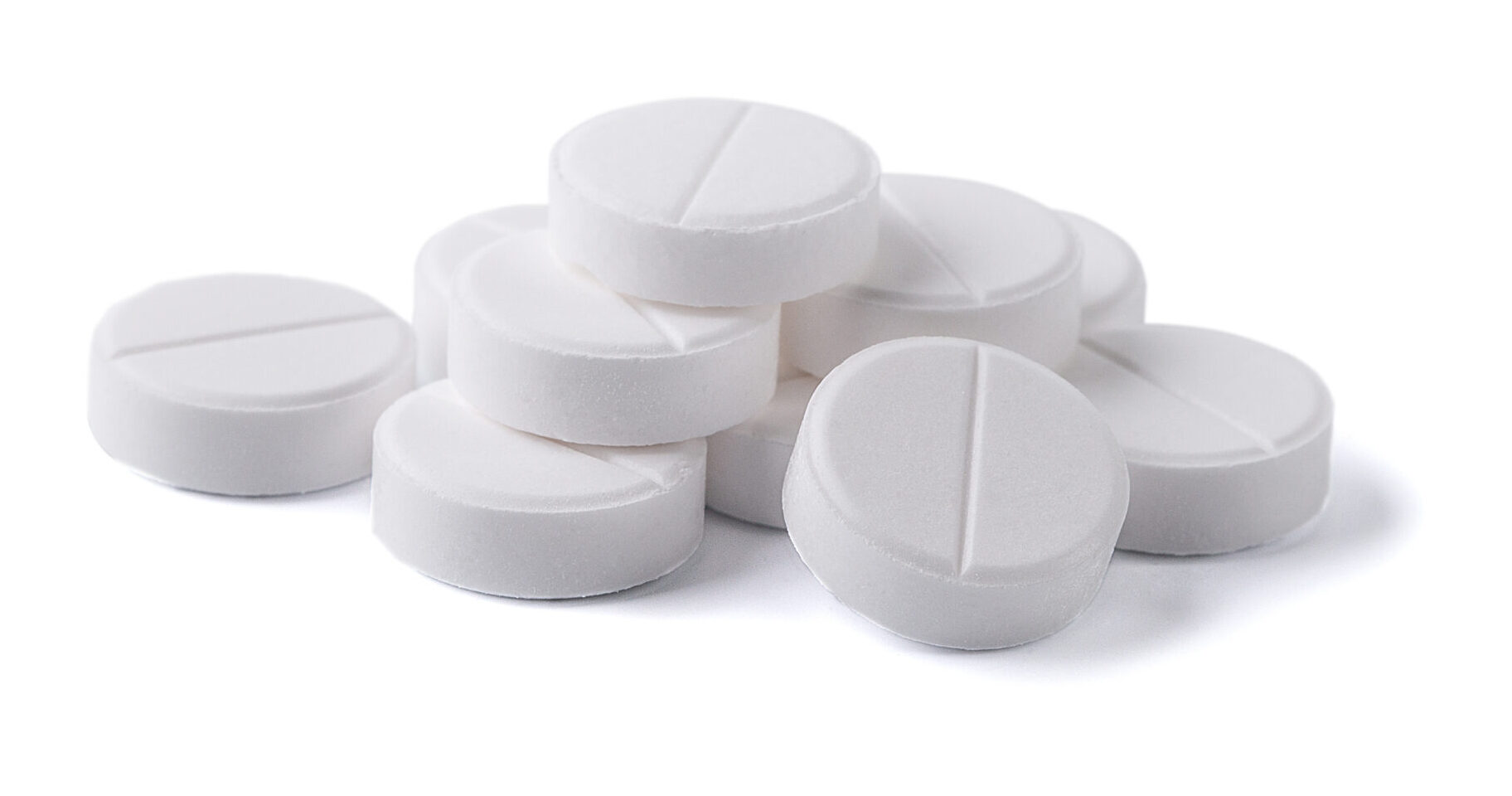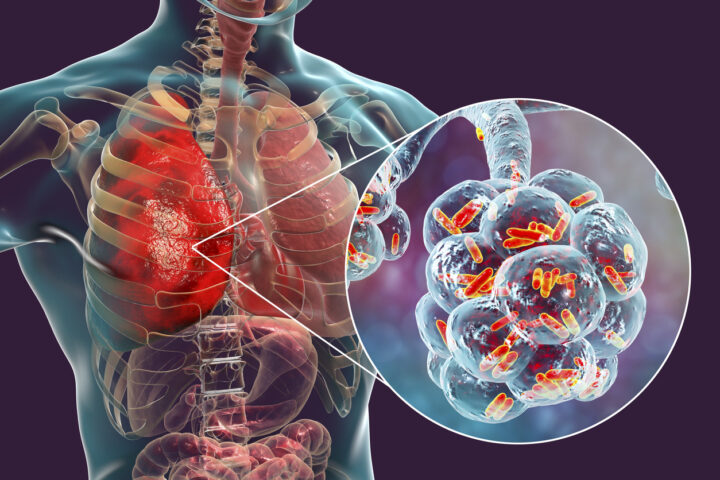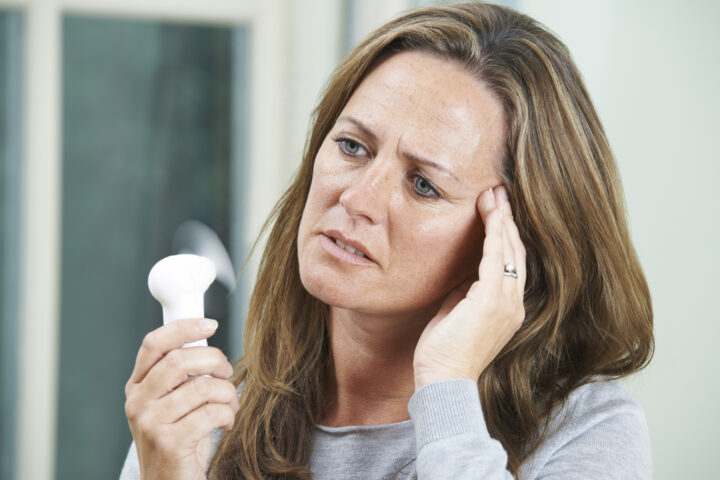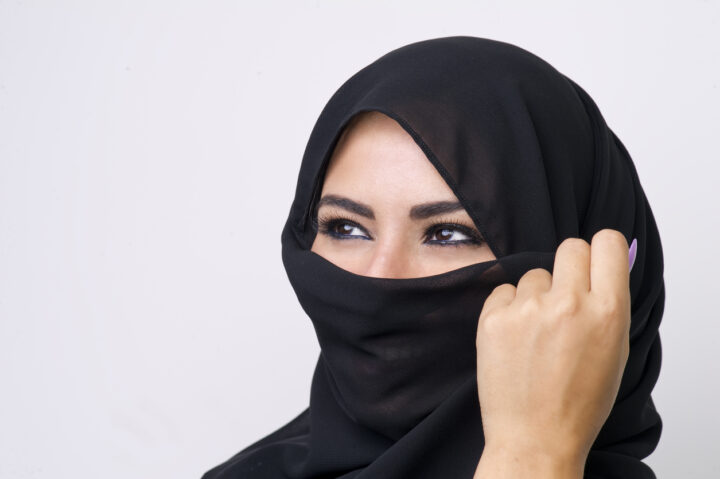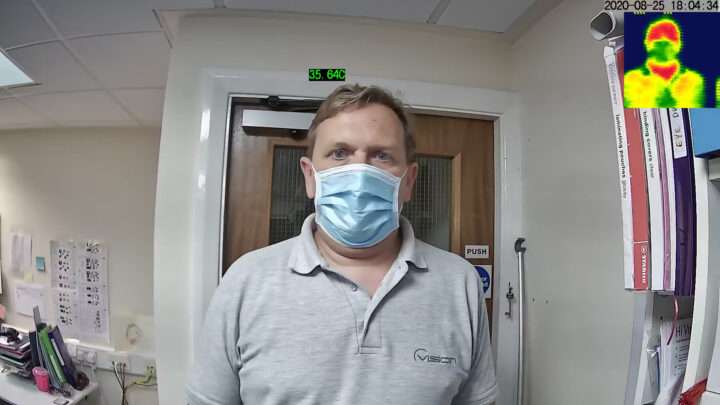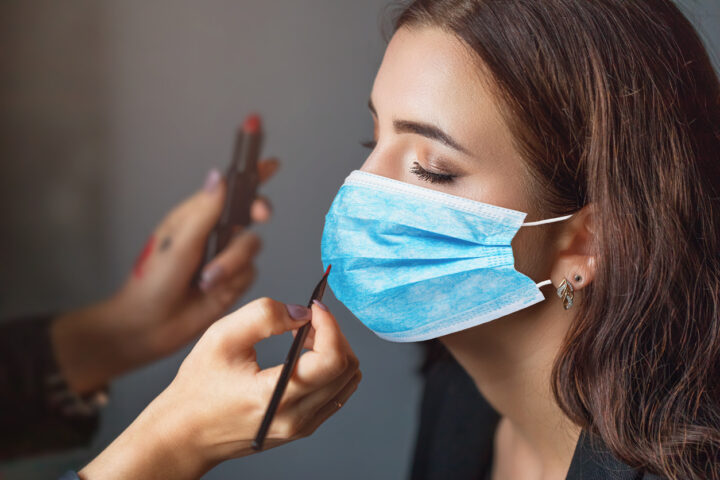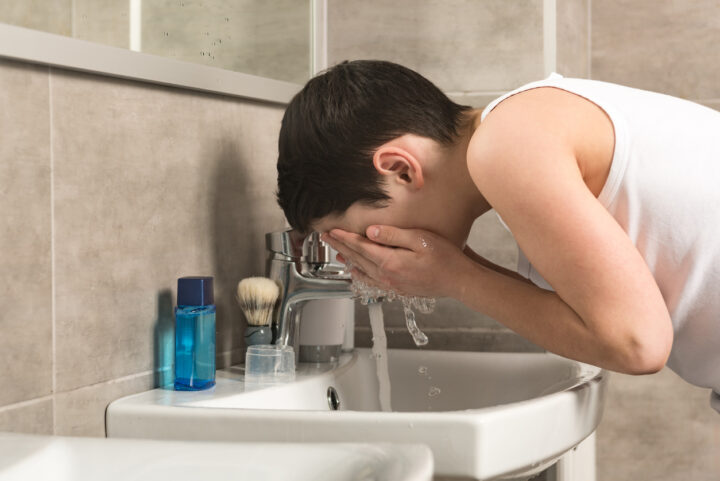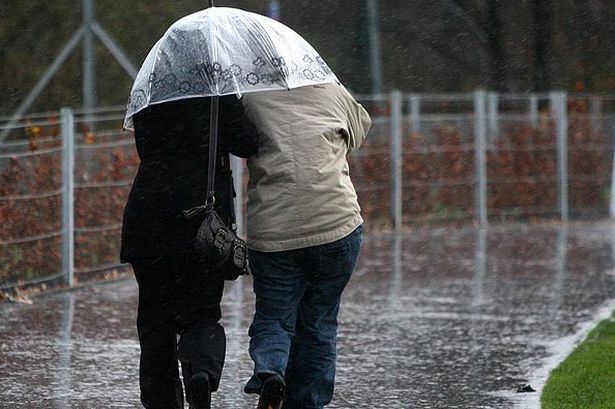MEDICATIONS
A fever can be moderated by using drugs such as Paracetamol to reduce temperature.
However, through measuring temperatures multiple times a day, a Vision Thermographic Camera is more likely to detect anyone who is trying to disguise a fever as there is an increased chance of detection in periods when the medication has worn off.
In addition we also believe that as a result of the COVID-19 there will be a change in social and business attitudes to people coming to work – or sending their children to school – with a fever, and this will be seen as much more irresponsible than has been historically the case. Thermal Cameras offering an additional deterrent to people thinking of doing so.
OTHER ILLNESSESS AND MEDICAL CONDITIONS
There are a number of other bacterial and viral infections that will also cause a fever, the most common of these include
- Pharyngitis
- Laryngitis
- Bronchitis
- Pneumonia
- Enterocolitis
- Cholecystitis
- Appendicitis
- Meningitis
- Urinary tract infection (UTI)
If someone with symptoms of one of these infections is screened by a Vision Thermographic Camera will also trigger a fever warning . However, some of these infections are also contagious, and if an individual has any of these conditions – and they are not aware that they have an infection – they almost certainly should be seeking medical attention.
The Menopause
The menopause is caused by oestrogen fluctuating and fooling the brain into thinking the body is getting too hot. The blood vessels rapidly open up to get the blood to the surface as quickly as possible.
So, although the individual feels hot and sweaty, their actual body temperature doesn’t change. Their skin temperature can increase for a very short period of time – maybe one or two minutes (due to all the extra blood that’s surfacing there) so there is a very small potential for a false positives during screening.
FACE COVERINGS
The VIS-THC-02 thermal camera measures accurate temperatures even when masks, glasses are worn. In our internal tests we are also getting accurate measurements when hijabs or niqabs are worn. This camera even performed well when both glasses and a niqab are worn.
The VIS-THC-01 camera temperature reading is reduced when masks, hijabs or niqabs are worn. The fever threshold should be adjusted lower if masks or face coverings are expected to be worn as the norm. In our internal tests this camera will not reliably recognise the face when both glasses and a niqab are worn.
COSMETICS
There have been studies that show cosmetics can depress the thermographic measured temperature of the skin.
One of these study’s* identifies 3 characteristics of cosmetics that influence the measured skin temperature. Note that individual cosmetics can have one or more of these characteristics.
Cosmetics that evaporate have an immediate large temperature drop due to evaporation but the temperature measurement returns to normal within 5 to 25 minutes.
Cosmetics that form an initial barrier cause an immediate temperature reduction but then do get absorbed quite quickly and temperatures return to normal after 10-30 minutes (emulsions return temperature to normal faster than creams).
Cosmetics that contain solid particles can depress skin temperature by up to 1 deg C for prolonged periods. However, the size of particle in the cosmetic is important, for example the foundation used in this study did not depress the measured skin temperature significantly.
In our internal testing and real world applications we have not seen any evidence that cosmetics are significantly affecting the accuracy of temperature measurement. We can speculate that the reasons for this are likely to be…
- In many cases when the temperature is measured the effect of applying cosmetics has worn off.
- In most cases the measured temperature still remains within the normal temperature tolerance range.
- The whole face is not usually covered by cosmetics and our thermal cameras have sufficient resolution to identify the underlying skin temperature.
*Infrared assessment of human facial temperature in the presence and absence of common cosmetics
Kaikai Zheng, Ruoyu Dong, Huan Wang, and Steve Granick (12/3/2020)
WASHING THE FACE WITH SOAP
Washing a face with soap depresses the recorded temperature measurement by up to 1 deg C, taking approx 10 minutes to return to normal.
VARIABLE AMBIENT TEMPERATURE CONDITIONS/ OTHER HEAT SOURCES
In our tests the Vision Thermographic Cameras retains its accuracy in changeable ambient conditions and its face and body recognition technology ensures other sources of heat that can cause false readings are ignored.
EXERCISE/ FITNESS
In our own internal tests we have not found any significant difference in the measured skin temperature before, immediately after, 5 minutes after and 10 minutes after running 2 Km. If someone has entered heat exhaustion and the body can no longer regulate temperature correctly we would then expect to measure a fever.
MOVING RAPIDLY FROM HOT TO COOLER OR COLD TO WARMER ENVIRONMENTS
Theoretically the skin surface temperature will be higher than normal in a hot environment (although sweating will cool the skin) and cooler in a cold environment.
In our own internal testing – we have not tested in winter at time of writing – we have not identified any significant difference in skin temperature due to rapid changes in the temperature environment.
We have however reports from where the same cameras we supply have been used in cold environments and the feedback is that cold weather does not have a significant affect.
PERCIPITATION
In our tests there is a small temperature drop immediately after wetting the face, but within a few seconds the temperature measurement returns to normal. Therefore, we do not believe a person coming inside after being in rain will significantly affect temperature measurement accuracy.
